NFT digital art sales generate many headlines. However, that is not the mass-market use of the nascent technology. In August, Visa got itself a fancy Twitter avatar. Although that avatar did not stay up for long, this 8-bit-styled picture of a visibly unamused woman with a stylish Mohawk still made many headlines.
It was not just about the hefty $150,000 price tag. The fact that the financial giant acquired a nonfungible token representing an image from the CryptoPunks collection set off juicy stories in the media. That was the best marketing spend Visa has done throughout the year. The ROI on the news articles must have paid for that purchase tenfold.
Although the technology’s journey from memes to riches has already taken it into the digital world. But, that might not be its mass-market use cases. By now, all participants know that NFTs offer scarcity and uniqueness, which is a feature that is associated with traditional high art, into all shapes and forms of digital art that is otherwise infinitely reproducible with the copy-paste activities.
A link to a particular piece of art is sent to the blockchain as part of a transaction and although it can still be copy-pasted, only a single token owns its token. That is where it now becomes a posh thing: Coming with an NFT image as a Twitter avatar is like wearing a Rolex watch with the wearer’s name engraved on it. It is a status symbol that is meant to be appreciated by those who know its worth.
With that in mind, luxury and high art are antonymous to the mass market. High price and uniqueness are the key selling points. Anyone with enough money can buy a link for millions but that is because they might be ready to burn their money just for the fun of it. They may also buy such items to flaunt their wealth to the world.
The regular person cannot afford a $150K link to a picture. Thus, the focus on nonfungible tokens as art by definition limits a nascent and promising technology to a relatively small, posh, and eccentric audience.
Notably, the great thing here is that the big NFT digital art sales are making headlines. That is helping in bringing NFTs into the mainstream. Nonetheless, that will not be the main use of these NFTs in the long term, but instead, it will be a new and expensive plaything for the wealthy and top crypto personalities and communities.
The Real NFT Deal
First, NFTs are a mass-market use case, they are quite at home in gaming, with the CryptoKitties gathering many headlines back in the day. From Axie Infinity to all these new titles coming up, the NFT sector is powering an assortment of digital economies, and there they bring more than just uniqueness to the table.
The NFT sword that you might use in a game has your name on its token but it can also decapitate a dragon in one swing, unlike the other non-unique items. These decapitated reptiles are what many people are ready to pay for. Fortnite is a free game that managed to bring its publisher $5.1 billion in 2020 on the sales of in-game cosmetics, and the gamers are already paying for the non-unique mounts, weapons, spaceships, and castles in many other games.
NFTs seem to be the next step in that direction. In some developing countries like the Philippines, NFT games have become a valid source of income. Another thing that seems promising is using NFTs in the corporate world acting as a part of the traditional business processes.
The sectors where NFTs will take off massively are not the high-end luxury industries. However, they will benefit from the main feature that NFTs bring to the table. Ability to confirm the validity associated with the digital asset. That can be as simple as the hash of a financial document that is saved as a nonfungible token (NFT) on a public or a private blockchain to determine whether it has been tampered with later.
NFTs will shine in the software licensing and authentication areas after some time with the bonus of possible interoperability. Individuals and corporations may shop for licensed software pieces on one platform, leasing it for as long as required.
That strategy would cut the costs while giving the cyber team an additional layer of security knowing that all digital assets are safely and readily validated. With the subscription-based SaaS, you own nothing, even when the solution is deployed on-premise. But in the case of NFTs, the players have ownership of the digital assets.
While the NFTs are not without some flaws and challenges, dismissing them as an inherently toxic and illegal technology this early into their development is, maybe, rushed. What this field now needs is extra regulation and more entrepreneurship. Business and art walk together nowadays, and as the NFTs mature, their journey from memes to riches might push them into the corporate world.

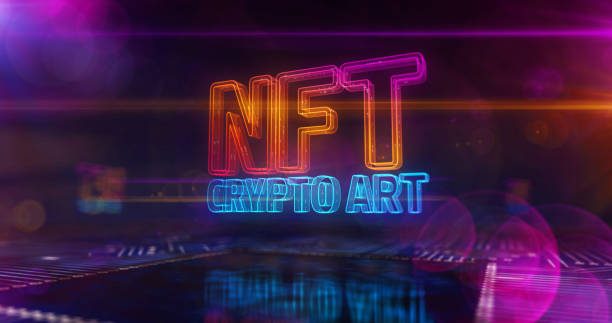
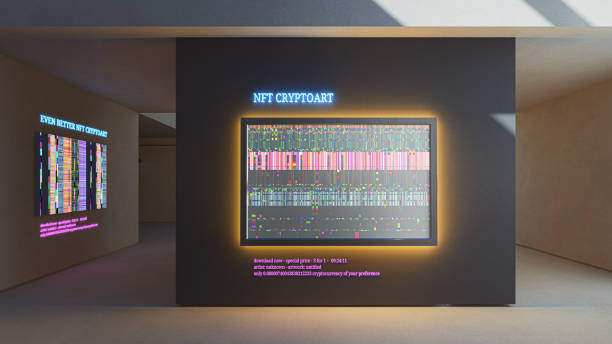

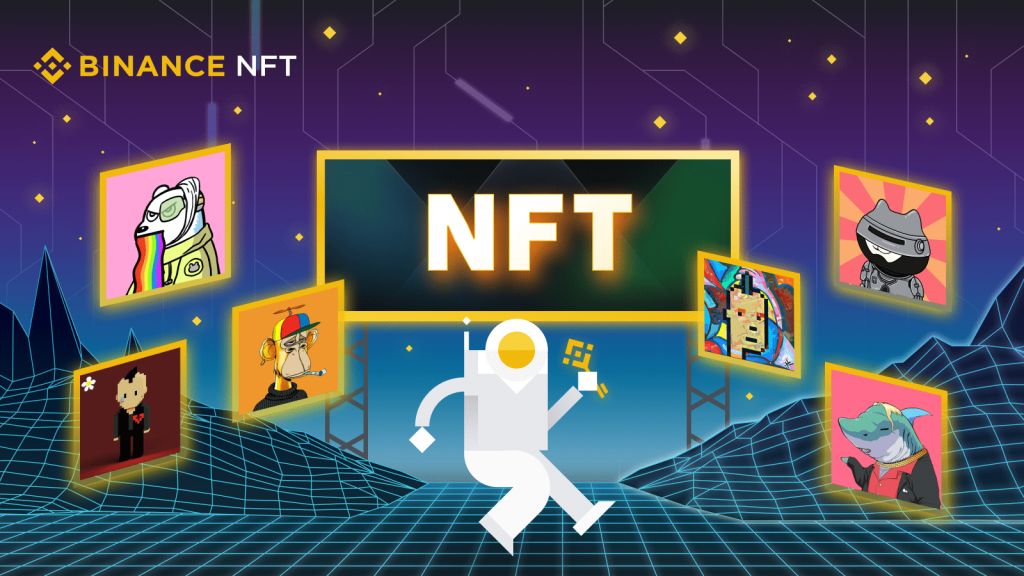
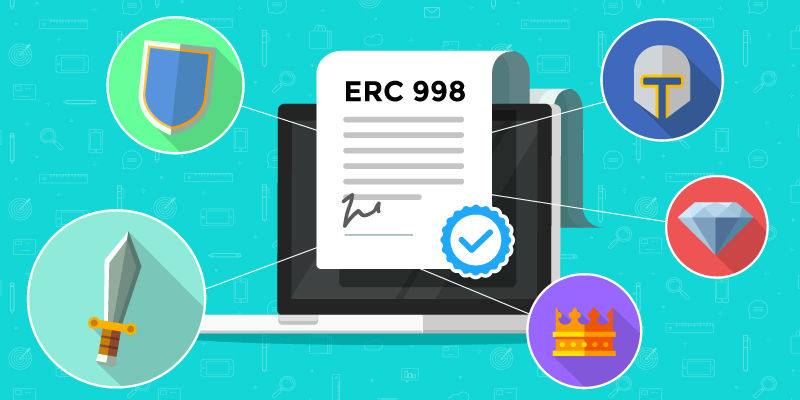
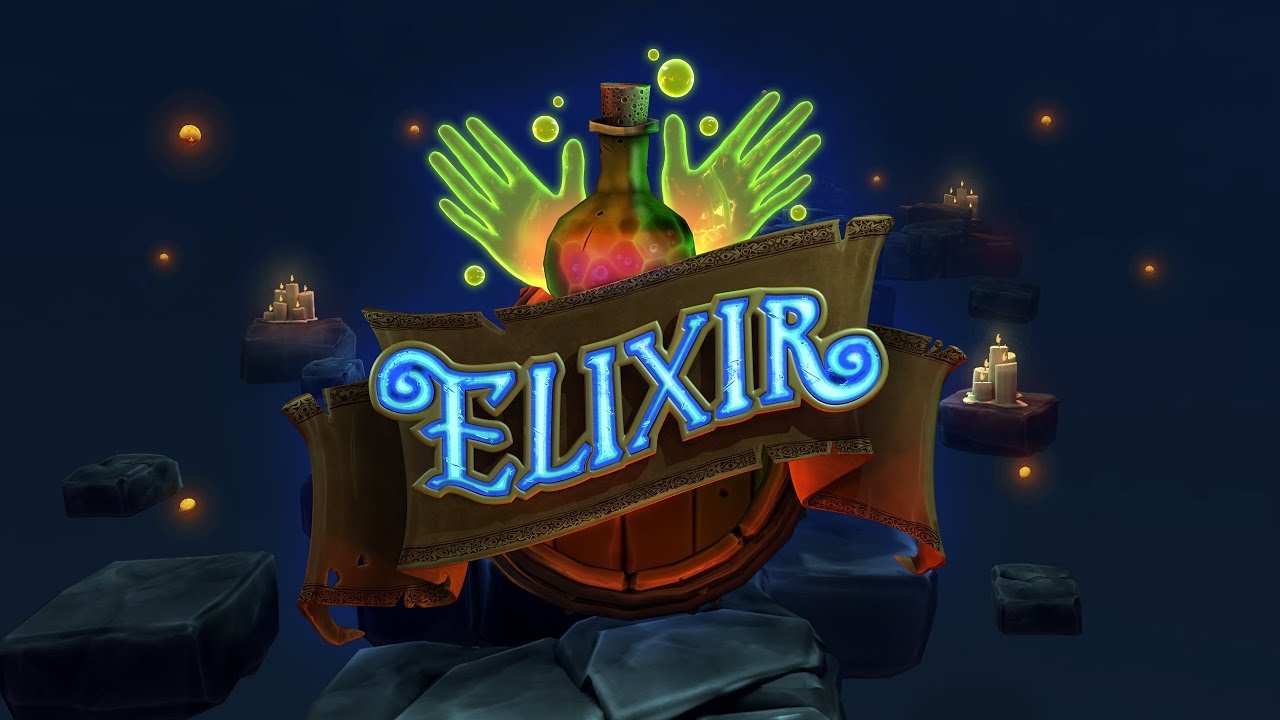
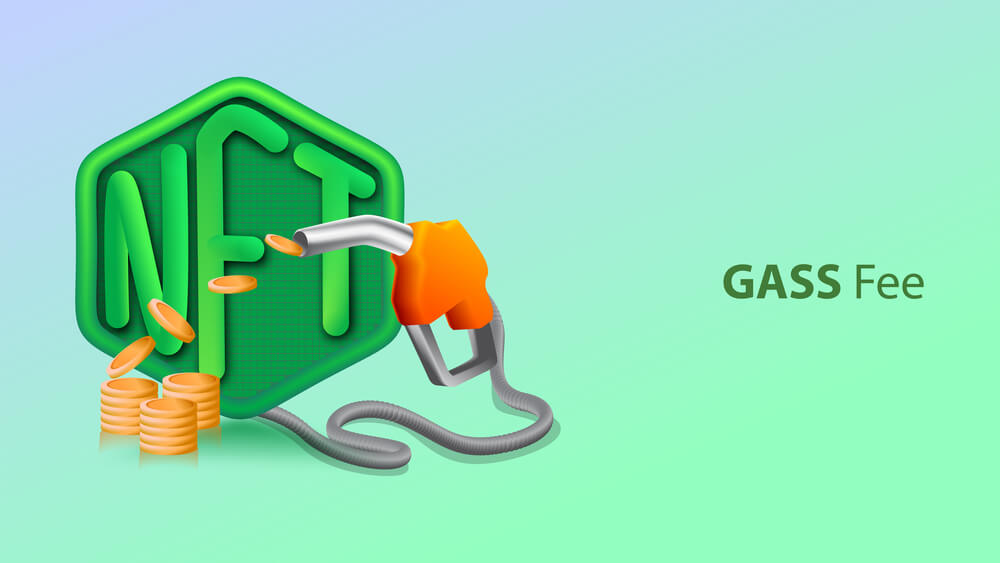
1 comment